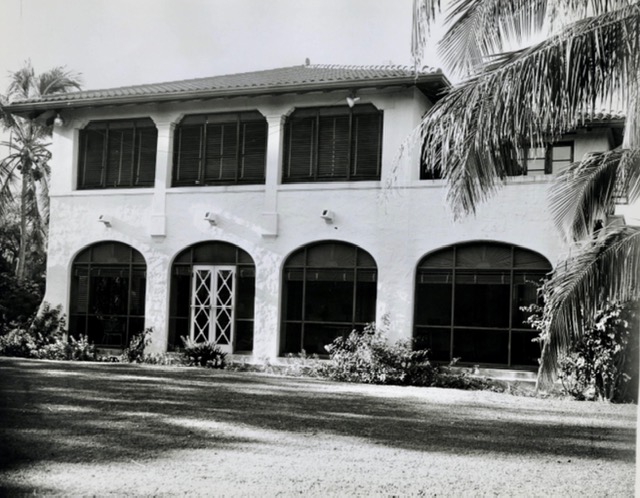
We start our story with Alfred C. Whiting, a wealthy industrialist from Burlington, Vermont who had been visiting Coconut Grove for two consecutive winters before purchasing land to build his second wife Lillie a house. They insisted on living on the silver bluff, one of the highest elevation points in Miami; the couple eager to become permanent Grove residents. Alfred and his father had made their millions as mechanical innovators and had started their firm back in 1902 making brushes. Back then brushes were made from Tampico bristles from a thick fibrous plant imported from Mexico. Each natural fiber had to be hand coated, a process called “dressing” that took time and was costly. The Whitings developed machinery that could dress precisely and faster. Not long after they perfected this process other brush manufacturers in the U.S. were sending their bristles to them for processing. The original E.B. & A.C. Whiting Brush Fibre Factory building still stands on Pine Street in Burlington, Vermont. In February of 1924, Alfred Whiting purchased the property and built the house, with additional lots spending approx. $200,000. So sure they would become year round Floridians, that same year Alfred donated his family house (built in 1878) to the University of Vermont, now called Whiting Hall. The Whitings, both avid gardeners, and members of Plymouth Congregational Church entertained their friends, family members and hosted community fundraisers at Longview for just 3 years. All throughout his life, Alfred continued to mentor young engineers and gave patents away in order to continue improving production methods. In May of 1927, Alfred Whiting passed away. In December of 1929, Mrs. Whiting’s brother-in- law died unexpectedly of a heart attack at the house. Longview Villa with its impressive tropical gardens, and rock wall was for many years referred to as the Whiting Estate. In early 1930, the house was sold to W.T. Grant.
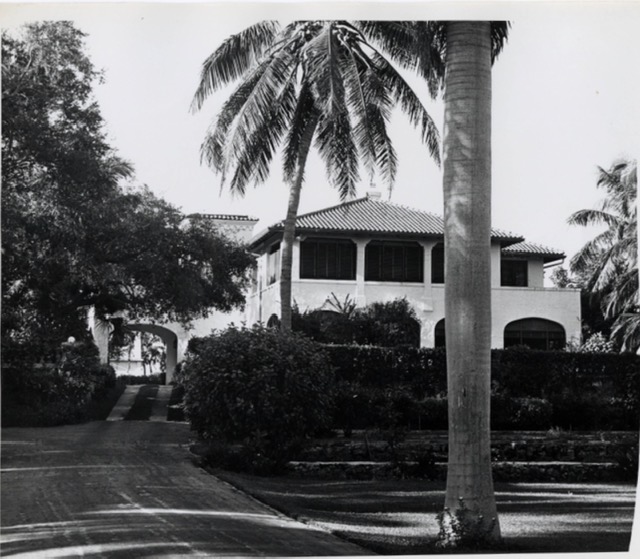
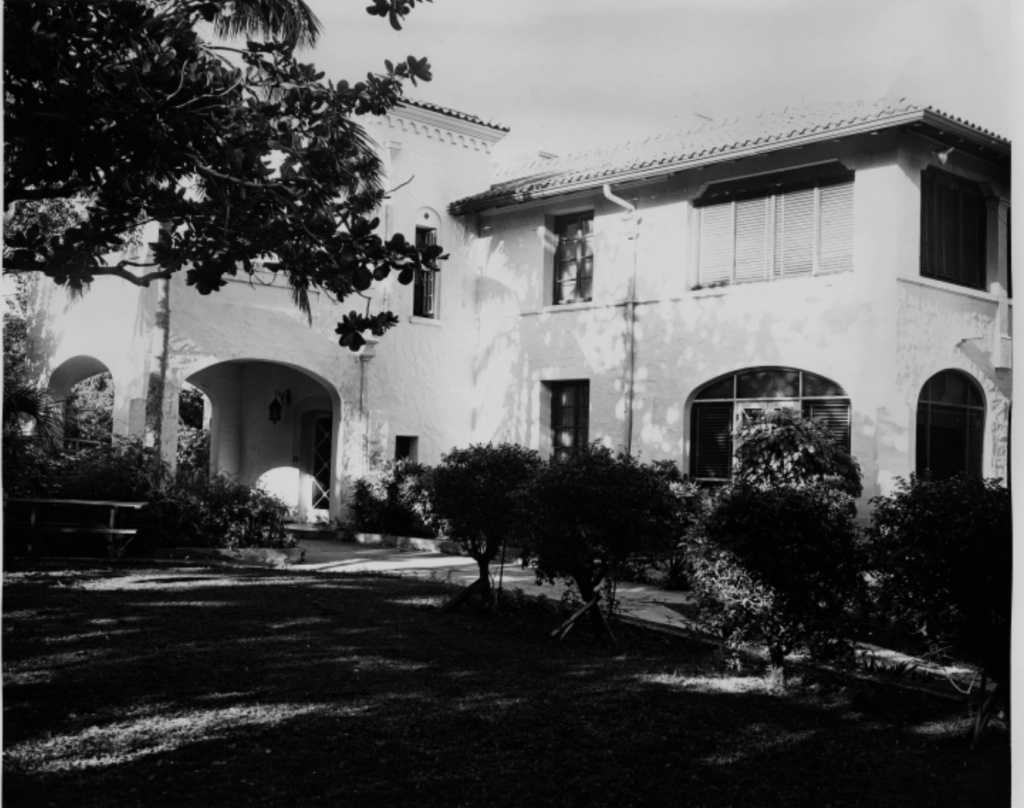
William Thomas Grant was a mass merchandiser. In 1906 at the age of 30 he started the (5 &10) W. T. Grant Company. His retail formula for success was to offer variety, value, and a downtown location (foot traffic). By 1936, the company had $100 million in sales. Mr. Grant loved the arts, horticulture and education. He was a major benefactor to the young University of Miami during difficult financial times. In 1935 he enrolled in an art class at UM, so he could learn to draw rare plants, which he collected. He ended up donating substantial sums to the university for operations and established its first Art Department. Mr. Grant also loved the performing arts. Many of the novelties sold at his stores where his ideas, right down to the trinkets in the vending machines. Ex. Peerless Scale Movie Star Card. Claudette Colbert and your fortune for just 5 cents!
The Grant’s re-designed and enlarged Longview Vila, calling it by its original name. A City of Miami permit from August 1930 shows $6,000 for alterations submitted by architect Phineas Paist. Renowned Coral Gables architect whose projects include the Charles Deering Estate, Venetian Pool & Coral Gables City Hall. Although we are not certain as to Longview’s primary architect, we know that Paist’s large Mediterranean arches and balconies were his signature design. Here during the 1930s the Grant’s entertained frequently with guests from the art world, academia, finance and of course Hollywood and Broadway. In 1936 a Miami Herald article indicated that noted artist Kyohel Inukai had arrived at Longview and that he “would paint a portrait of Mrs. Grant”. In 1934 Claudette Colbert won an academy award for it Happened One Night. Her contract stipulated a $50,000 salary, and that the film production be completed within 4 weeks in order to allow her to take her planned vacation. Did she vacation in Coconut Grove or was it simply a stopover on the way to her favorite Caribbean island, Barbados? No details of her Miami visit are given. Her only documented “professional” visit was in 1965 when she starred in the world premier of Diplomat Relations, a play at the Coconut Grove Playhouse. In 1937 Mr. Grant donated Longview Vila to the University of Miami to use for its President’s house. For the next 37 years, three UM President’s lived here, starting with UM’s first President, Dr. Bowman F. Ashe. The property served as a botanical garden for entertaining friends and donors as well as a place for serious horticulture research. In 1974 businessman Walter Matheson donated his house on 8565 Old Cutler Road to UM and it became the President’s house. In 1975, Longview was sold and demolished. The property sat empty until 1980 when a developer started building ten upscale townhouses. The gated community is called Longview Villas. The long driveway and handsome palms look across to David T. Kennedy Park on South Bayshore Drive.
Neither Alfred Whiting nor William Grant were born wealthy. Both achieved financial success through their own merits. Both managed to give quite a bit of their time and money to worthwhile causes. The William T. Grant Foundation is still giving away funds to support research for “human betterment and social progress”. Beneficiaries have included the United Negro College Fund, Dr. Benjamin Spock, and Jane Goodalls’ primate studies. Mr. Grant died at age 96. Until his death, he regarded himself a UM Hurricane.
Longview Villa photos courtesy of UM Richter Library, Special Collections www.library.miami.edu
Whiting Hall photo courtesy of University of Vermont Libraries www.library.uvm.edu
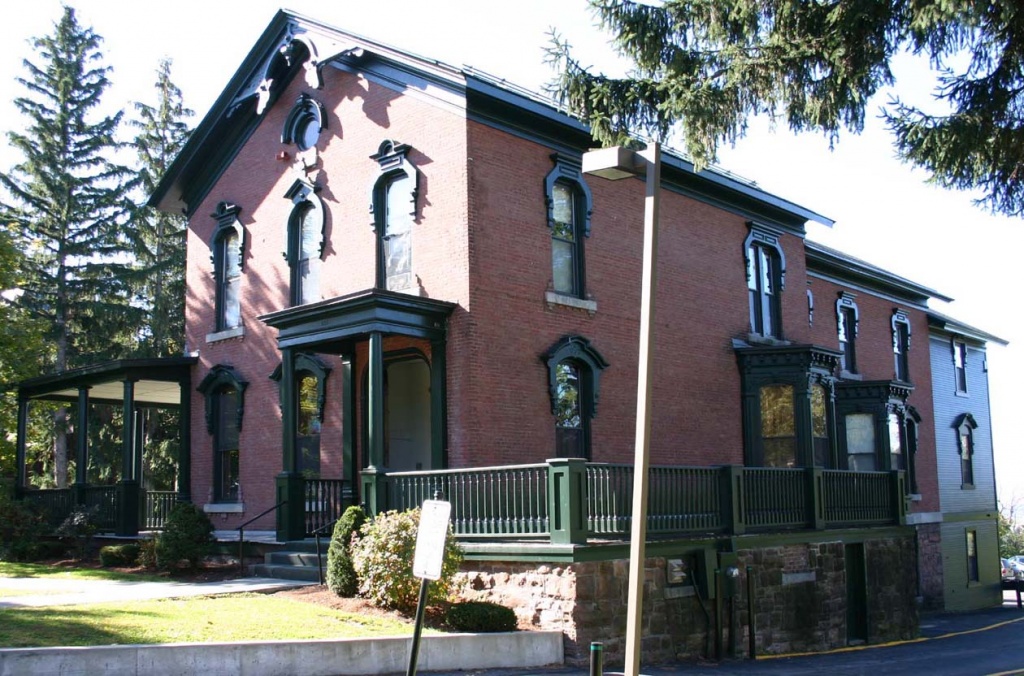
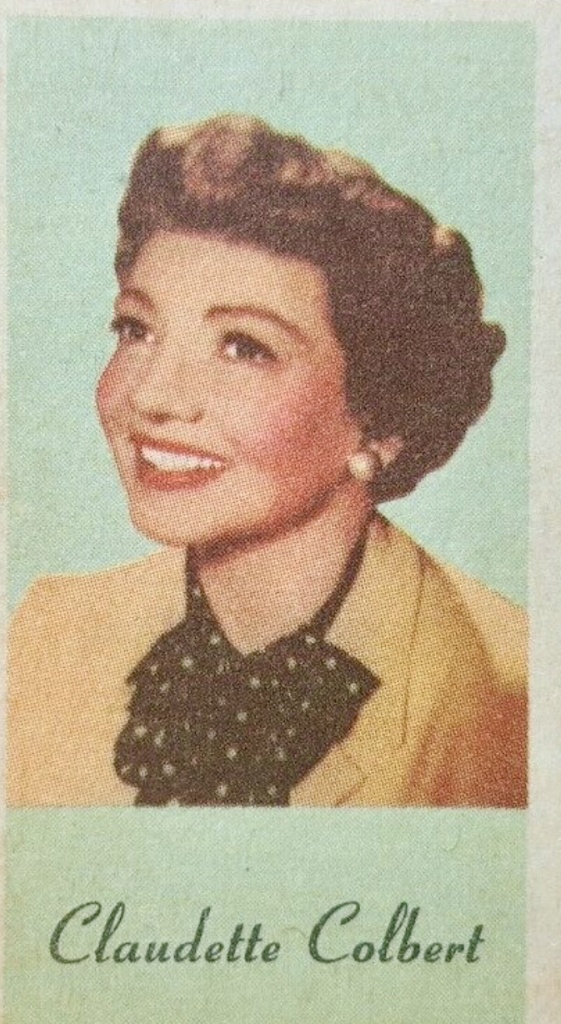
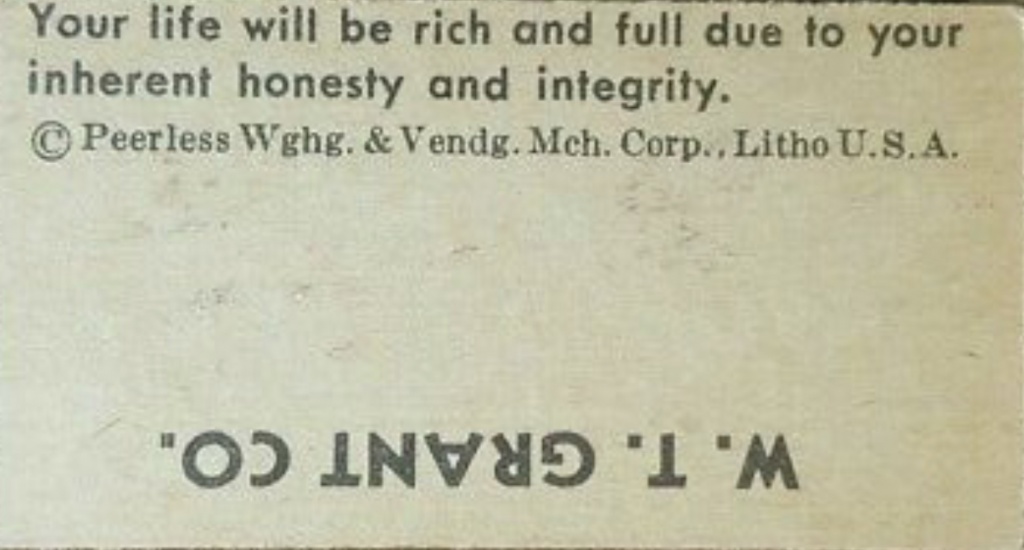

Many of the store buildings have survived.
Regrettably the Grant estate, Longview Villa did not.
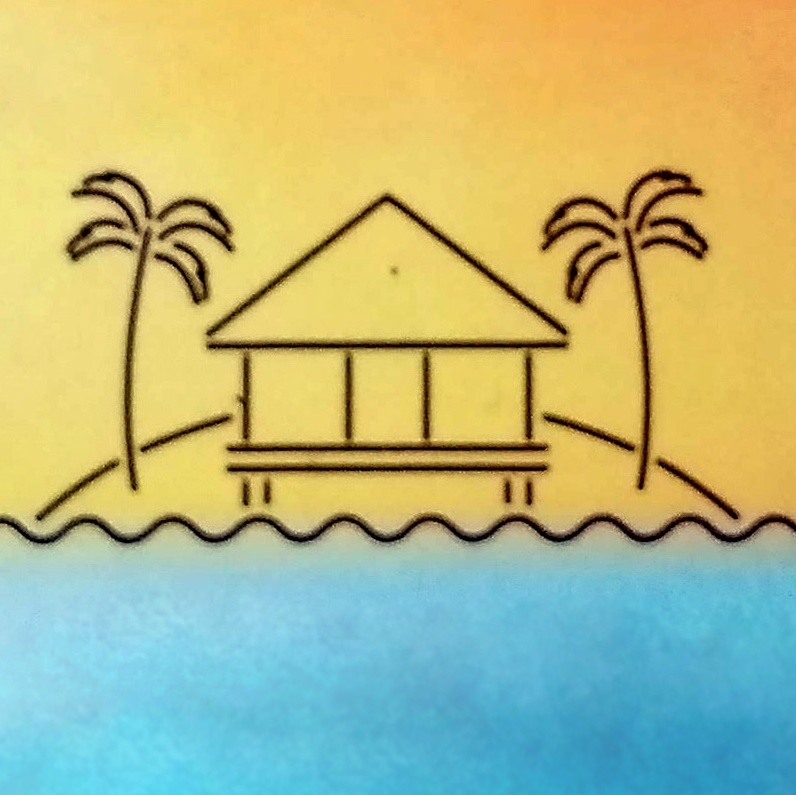
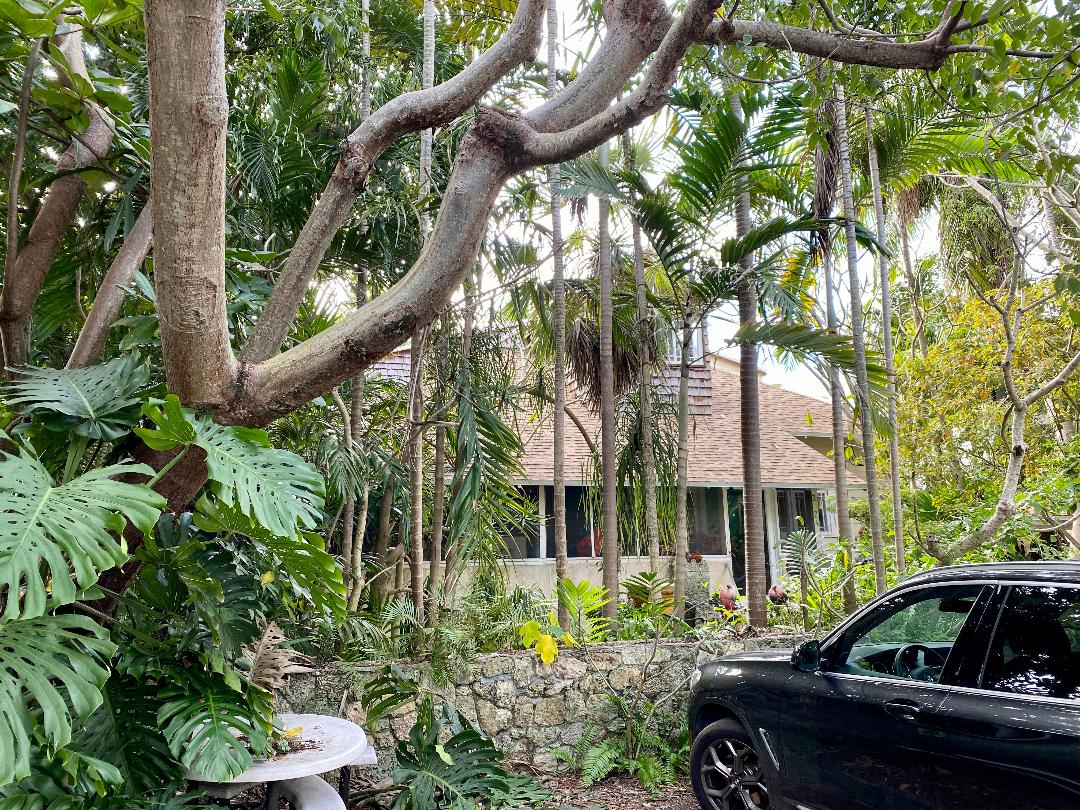
Be the first to reply